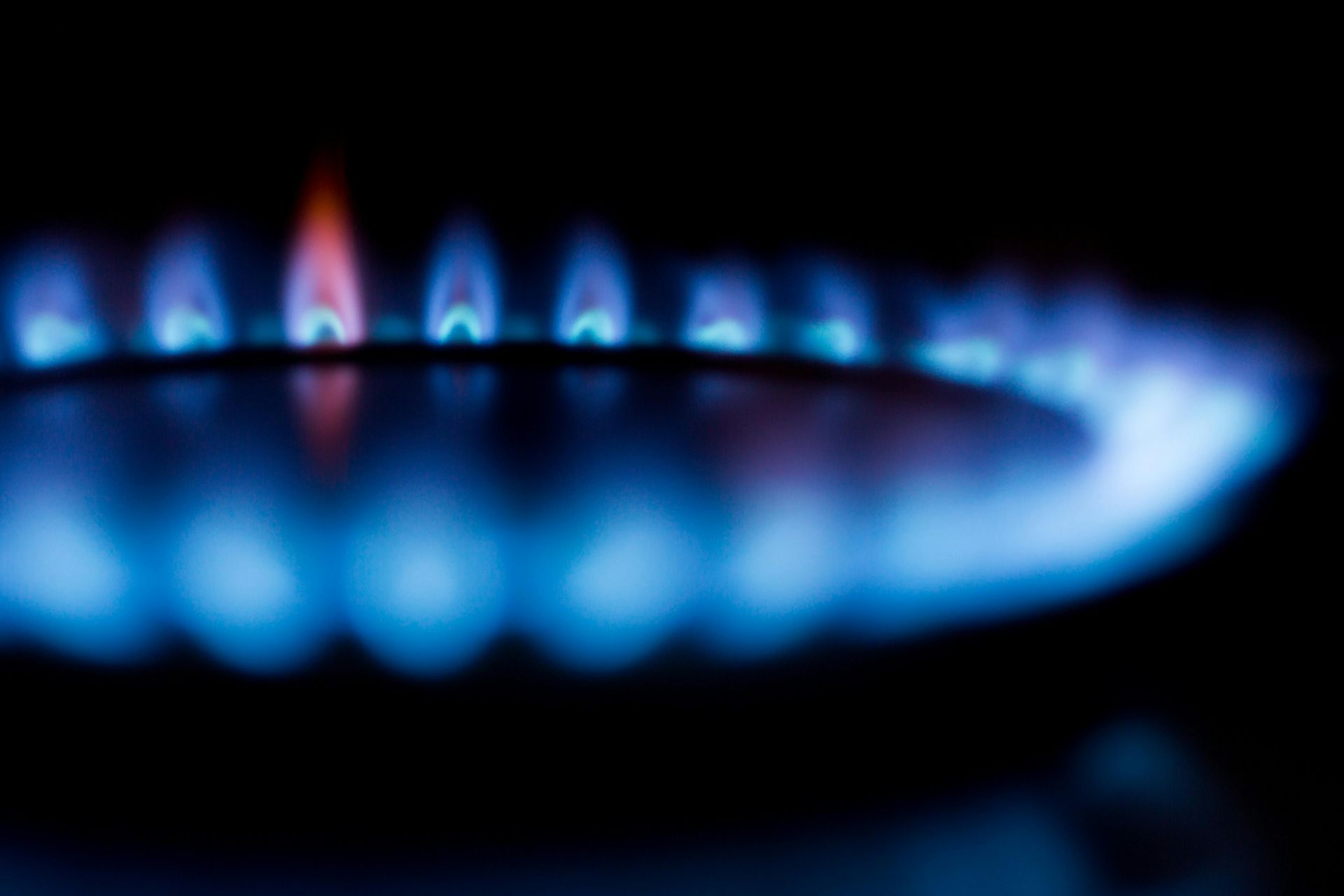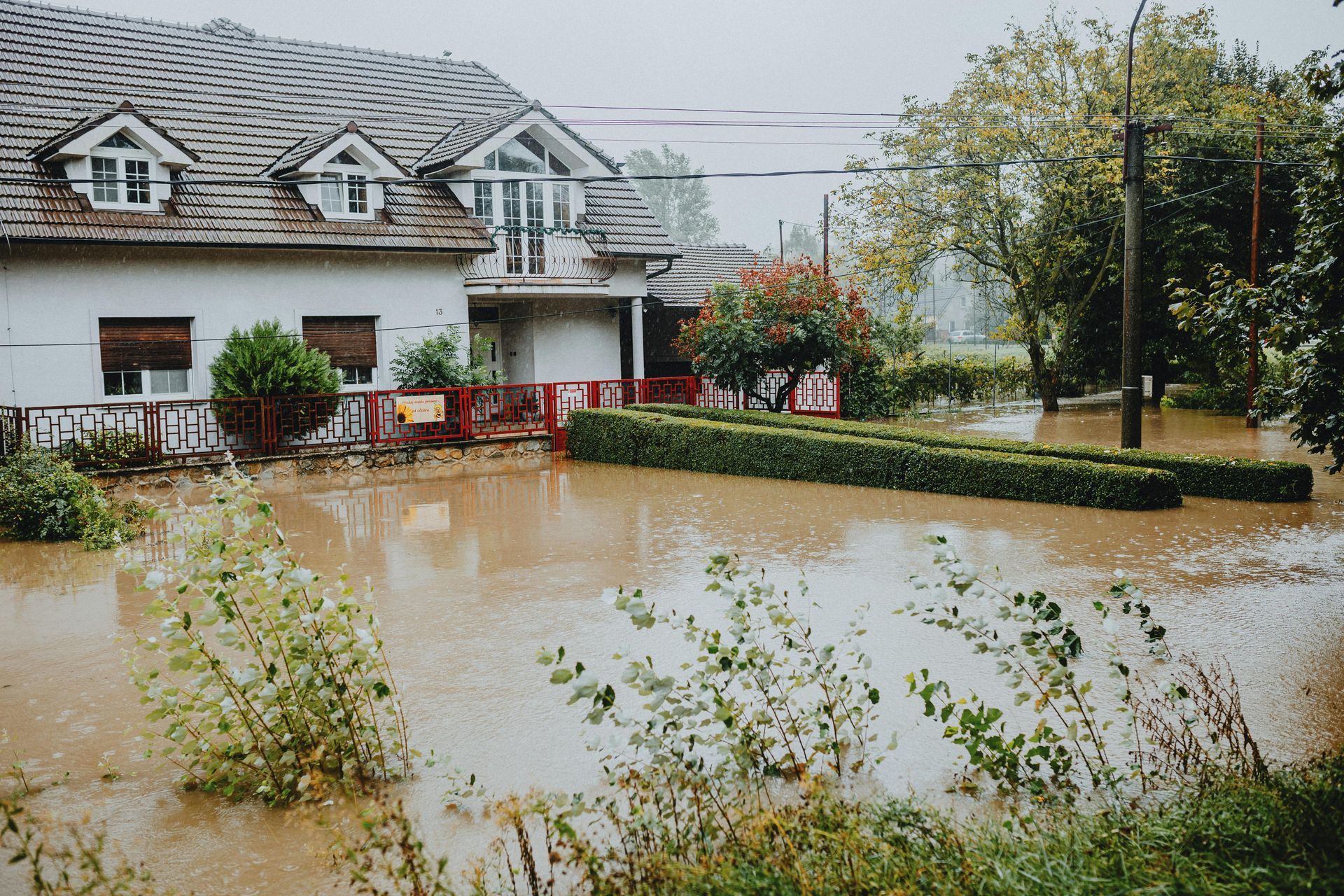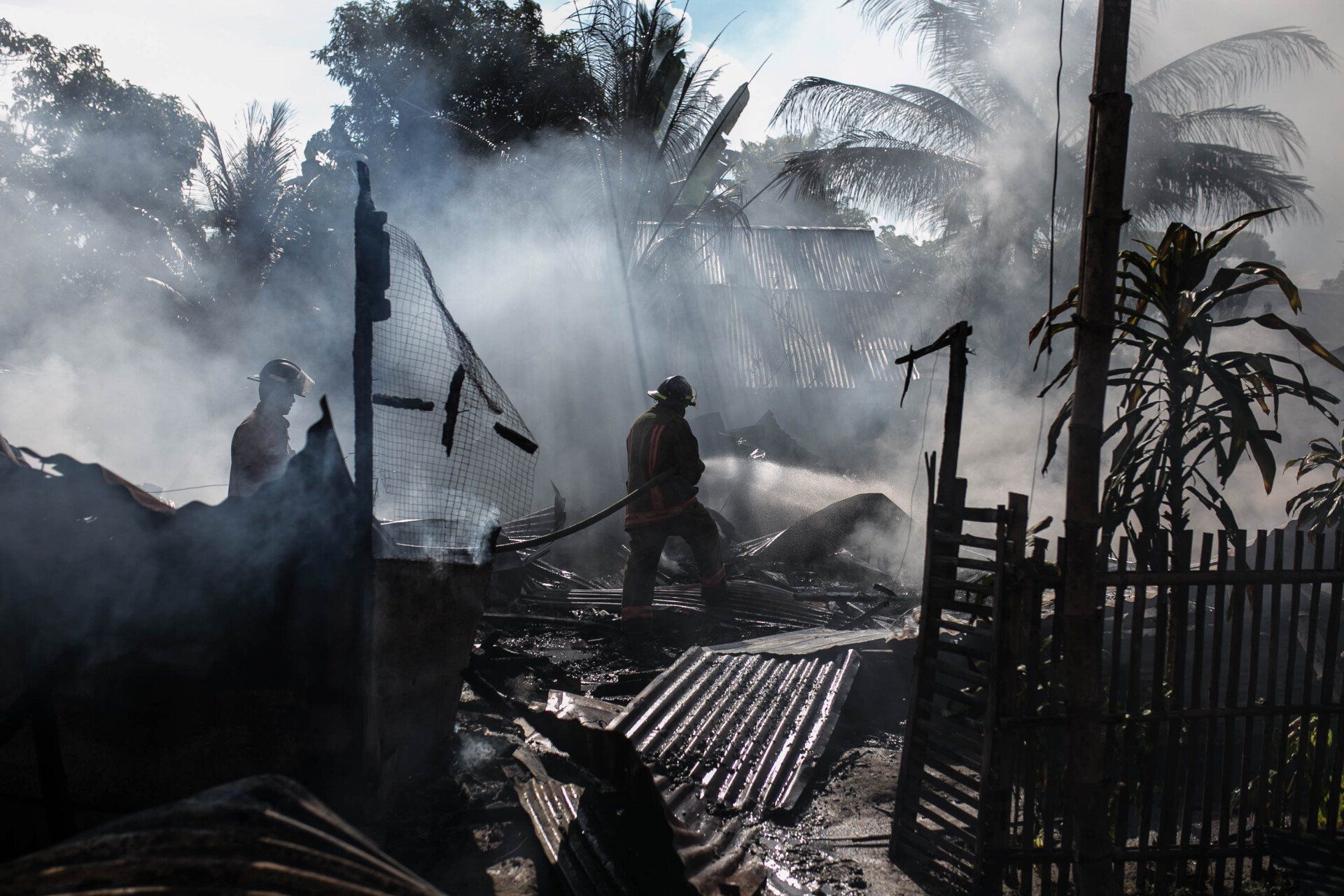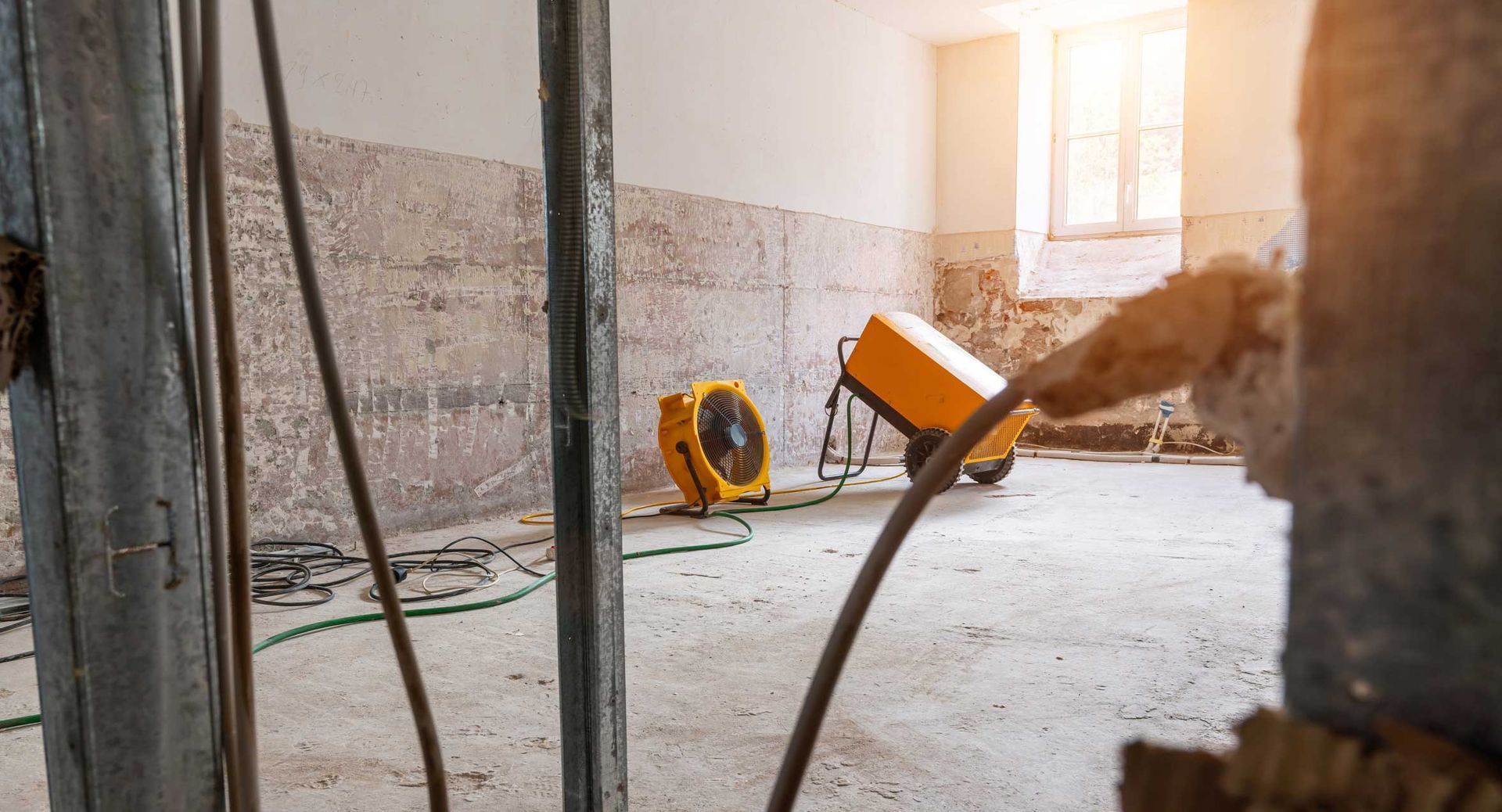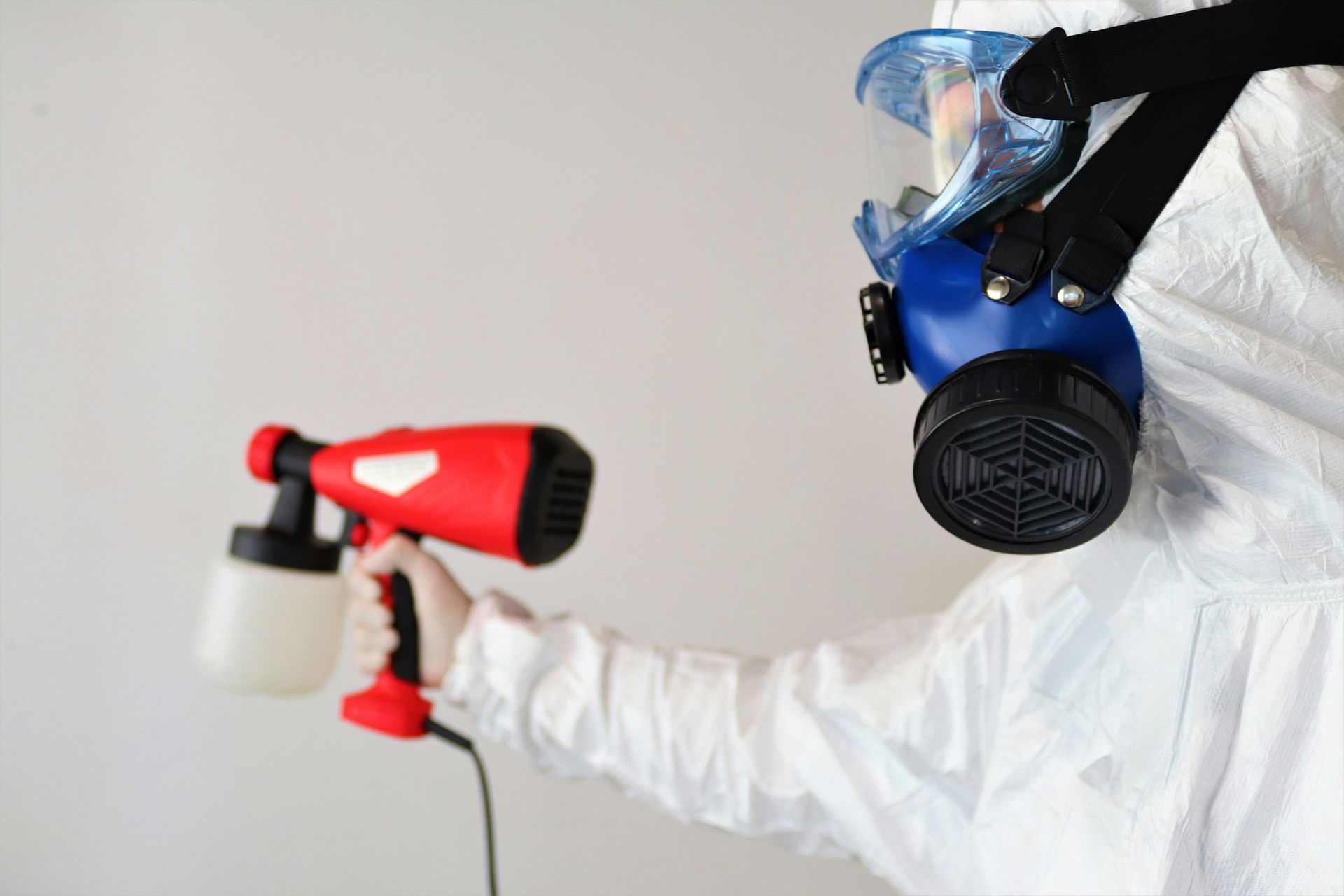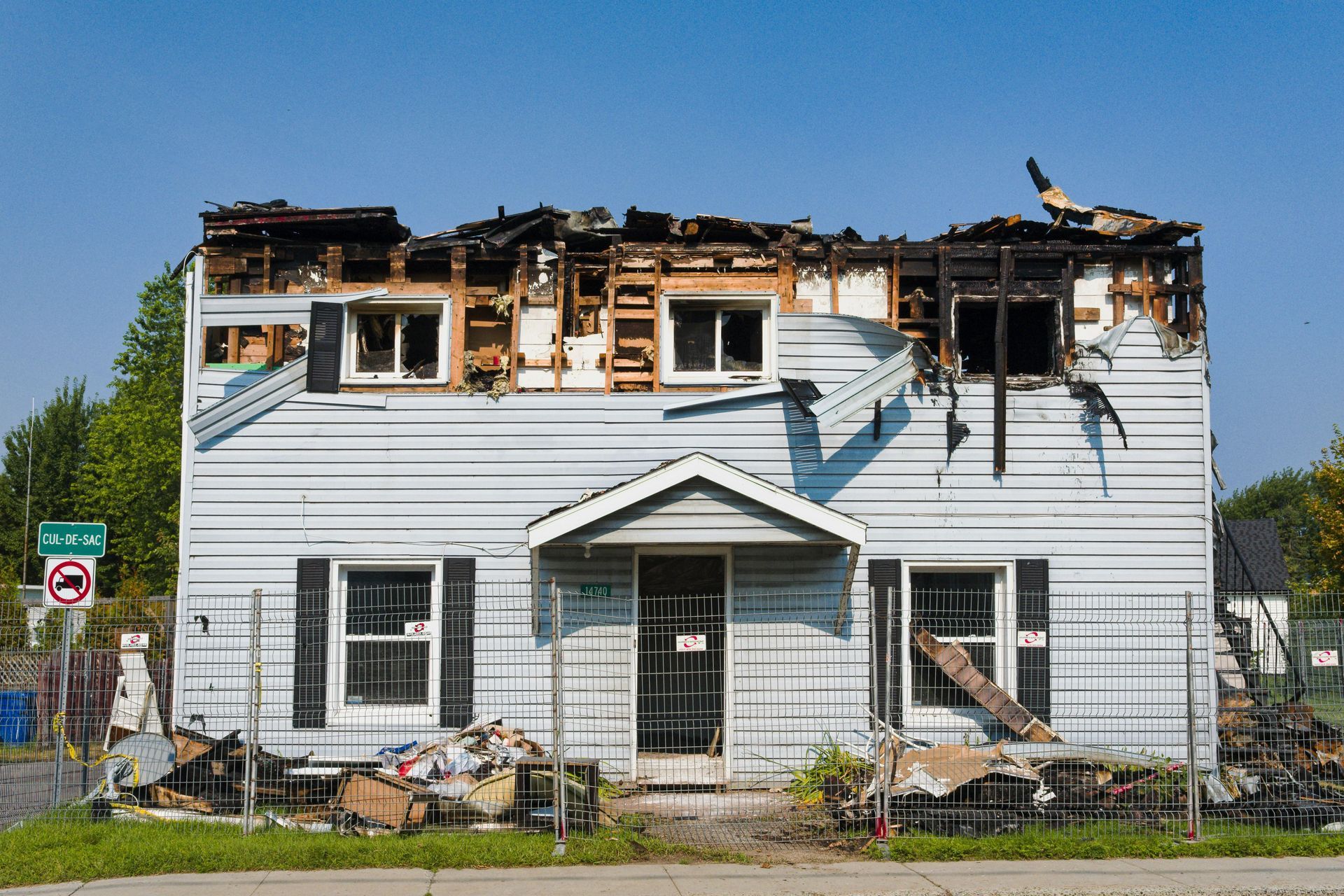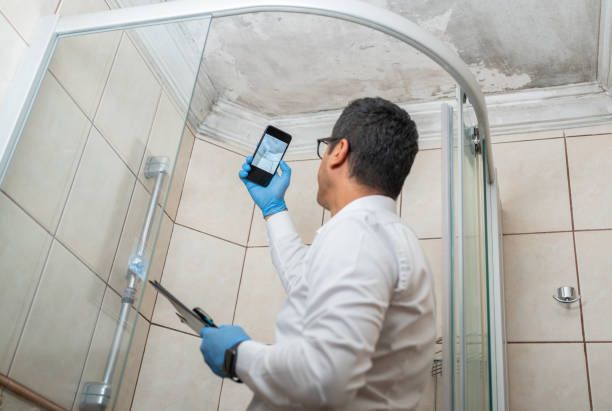How to Minimize Fire Damage in Your Home
Proactive Measures and Expert Tips to Minimize Fire Damage in Your House
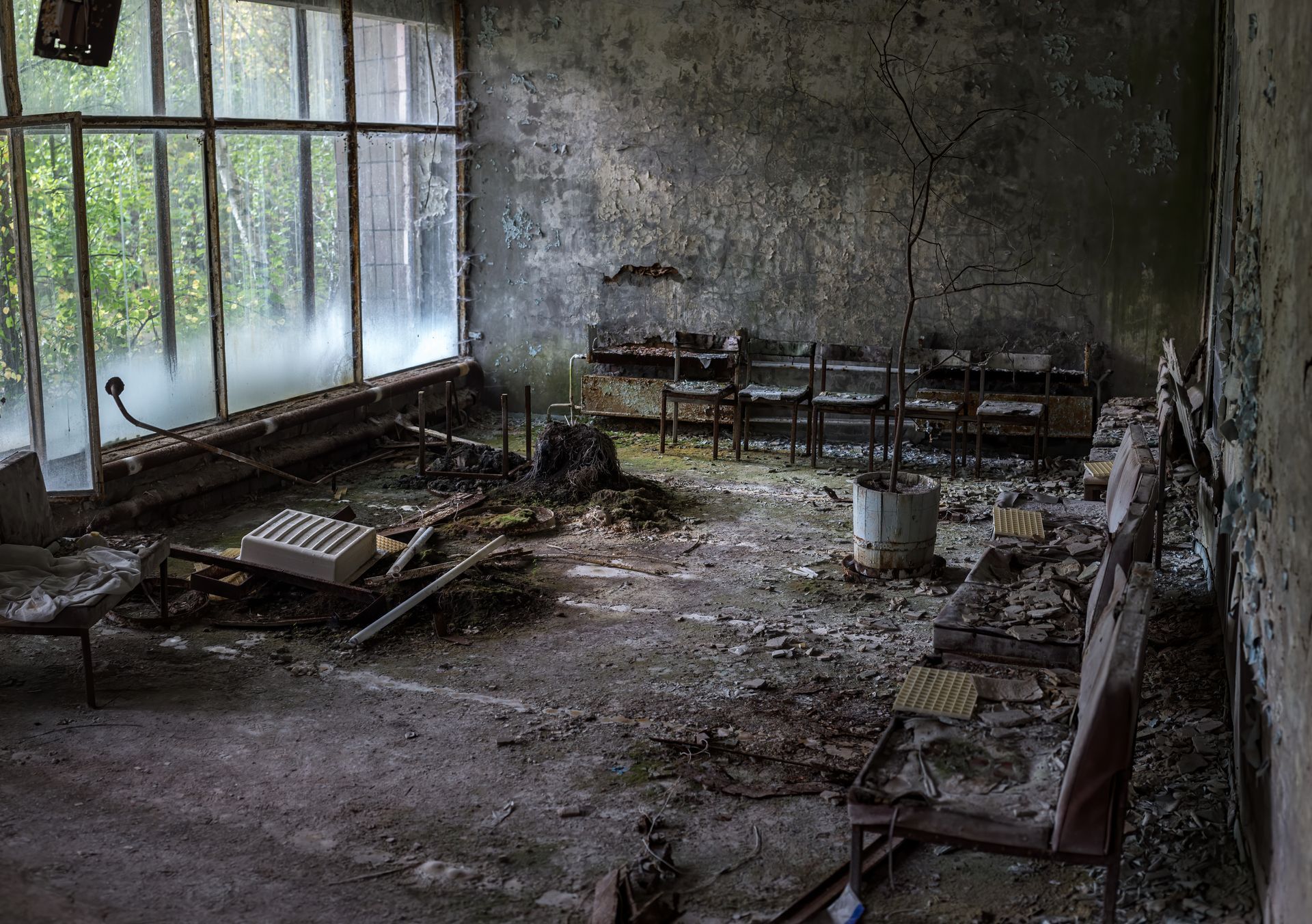
Annually, house fires cause significant damage, upending lives and incurring enormous repair costs. Yet, the focus is often solely on prevention, overlooking the critical phases during and after a fire where actions taken can markedly minimize fire damage. Understanding the right measures and responses post-ignition is not just important—it's essential in safeguarding your property and expediting recovery. This article will guide you through expert strategies for managing fire situations effectively, underscoring the pivotal steps for damage control and restoration to safeguard your home and possessions from further destruction.
Importance of Quick and Effective Response
A prompt and effective response is paramount in mitigating fire damage. Fires are classified by severity, ranging from minor, limited to one area, to major, affecting the entire structure. For minor fires, immediate action involving extinguishing the flames followed by ventilation and soot removal can significantly reduce damage. Moderate fires require more extensive intervention, including water extraction, dehumidification, and comprehensive cleanup. In cases of severe fires, structural assessment, and reconstruction are necessary, alongside content restoration. Leveraging our industry-specific expertise, our team employs advanced techniques and technologies at every severity level to restore your property efficiently. Understanding the appropriate response for each level of fire severity is crucial in minimizing damage and hastening recovery, underscoring our commitment to excellence in restoration services.
Using Fire Safety Equipment to Minimize Damage
Effective deployment of fire safety equipment is paramount in curtailing the progression of a fire, significantly reducing potential harm to your property. Fire extinguishers, smoke alarms, and sprinkler systems, when utilized promptly and correctly, can suppress flames, allowing for quicker intervention and lessening overall damage. Our expertise ensures that the strategic placement and maintenance of these tools are optimized for rapid response, embodying our commitment to safeguarding your assets with precision and professionalism.
Fire Extinguishers
Proper acquisition and proficient utilization of fire extinguishers are critical in the initial containment of a blaze, effectively minimizing damage to property. Essential steps include:
- Identify the type of fire to ascertain the appropriate extinguisher classification needed.
- Assess the situation to ensure it's safe to use the extinguisher without jeopardizing personal safety.
- Activate the extinguisher by pulling the pin to break the tamper seal.
- Aim the nozzle at the base of the fire, where the flames originate.
- Squeeze the handle to release the extinguishing agent.
- Sweep the nozzle side-to-side, covering the area of the fire until fully extinguished.
Mastering these steps ensures rapid and efficient fire suppression, safeguarding both lives and assets, highlighting our fiduciary commitment to restoring safety and security within your premises.
Fire Blankets
Fire blankets play a crucial role in the containment of incipient fires, primarily those originating from cooking or small electrical malfunctions. Composed of fire-resistant materials, these blankets smother flames by depriving them of oxygen, thereby preventing the spread of fire and minimizing potential damage. Effective utilization involves swiftly covering the fire with the blanket, ensuring the flames are completely smothered. This method is particularly efficacious for small fires that can be controlled without the need for extensive water damage associated with sprinkler systems or fire hoses. Deploying fire blankets promptly can avert significant damage, aligning with our dedication to employing comprehensive strategies for fire damage control and restoration.
Fire Evacuation Planning
A comprehensive fire evacuation plan is indispensable, not only for ensuring human safety but also for minimizing property damage. Crafting an effective evacuation strategy involves several key steps. Firstly, conduct a thorough assessment of the property to identify all possible exits and ensure they remain unobstructed. Next, incorporate materials in the construction and design of your home that are fire resistant, as these can provide critical extra minutes to safely evacuate and prevent the spread of fire. Assign specific roles and responsibilities to household members, ensuring everyone understands their part in the evacuation process. Regularly practice the evacuation plan to ensure efficiency during an actual emergency. If time and safety permits, identify and prepare a small, easily accessible collection of valuable items that can be quickly secured. This careful planning and preparation can significantly mitigate the risks associated with fire incidents, emphasizing the importance of fire-resistant materials for homes in safeguarding both people and property.
Immediate Post-Fire Actions
The immediate aftermath of a fire often dictates the extent of damage a property may endure. It is paramount to act swiftly yet cautiously once the flames are extinguished. Ensuring the safety of all occupants is the first order of business; thereafter, mitigating further damage becomes crucial. Ventilation to expel smoke and hazardous gases, securing the property to prevent unauthorized access, and initiating the assessment process by a professional restoration team are critical steps. These actions significantly influence the restoration timeline and outcome, underscoring the importance of specialized, immediate response in preserving and restoring the integrity of your home.
Safe Re-entry
Following a fire, the necessity of safe re-entry into a property cannot be overstated. Potential dangers lurk within, including compromised structural integrity, hazardous chemicals released, and lingering smoke residues that pose health risks. Authorized re-entry is deemed safe only after a thorough evaluation by professional inspectors, who assess these risks comprehensively. These specialists, equipped with detailed knowledge and tools, ensure that the property is structurally sound and free from hazardous conditions. Their assessment lays the groundwork for the subsequent restoration process, epitomizing our unwavering commitment to restoring not just structures but also safety and normalcy in our client's lives.
Damage Mitigation
Following a fire incident, immediate steps to mitigate further damage are crucial. Initiating proper ventilation is essential to expel smoke and harmful gases, preserve air quality, and reduce health hazards. Water extraction, pivotal to prevent secondary damage from water used in firefighting, must be conducted swiftly and efficiently. Additionally, the cleanup of soot and smoke residue is indispensable; these byproducts can etch and corrode surfaces if not addressed promptly. Our team employs cutting-edge techniques and equipment to ensure thorough and efficient cleanup, stabilization of the environment, and mitigation of further damage to your property.
Damage Assessment and Restoration
Assessing fire damage meticulously delineates the foundation of recovery and restoration. Homeowners should scrutinize their properties for structural harm, Warping, smoke residue, water damage from extinguishing efforts, and soot accumulation. Documenting these observations meticulously, through detailed notes and comprehensive photographic evidence, ensures precise record-keeping for insurance claims. Beyond these preliminary evaluations, leveraging professional restoration services is paramount. These experts not only bring a wealth of knowledge in identifying hidden damage and implementing effective fire prevention strategies but also possess the requisite tools to conduct thorough cleanups and repairs. Their intervention minimizes the potential for long-term issues, such as mold growth and structural weaknesses, thereby guaranteeing a safe and healthy living environment post-restoration.
The Role of Northeastern Restoration in Minimizing Fire Damage
At Northeastern Restoration, we specialize in a comprehensive suite of services designed to swiftly and effectively mitigate fire damage. Our approach is meticulously tailored to each incident, encompassing rigorous damage assessment, efficient damage mitigation, and detailed restoration processes. By applying industry-leading techniques and leveraging state-of-the-art technology, we ensure that every aspect of fire damage is addressed, from smoke residue and soot removal to structural repairs and odor elimination. Clients consistently commend our dedication to precision and excellence, underscoring our unique capacity to restore not just properties but peace of mind as well. Our devotion to providing an unparalleled service experience is illustrated in our customer testimonials, which highlight our expertise, responsiveness, and commitment to restoring normalcy to our clients' lives.
Let's Rebuild Together: Connect with Northeastern Restoration Today
Northeastern Restoration specializes in providing comprehensive fire damage assessment, mitigation, and restoration services. Our team of experts utilizes state-of-the-art technology and industry-specific techniques to restore your property to its pre-loss condition. Contact us today to rebuild your home with confidence and precision. Together, we can make your space safe and welcoming again.
